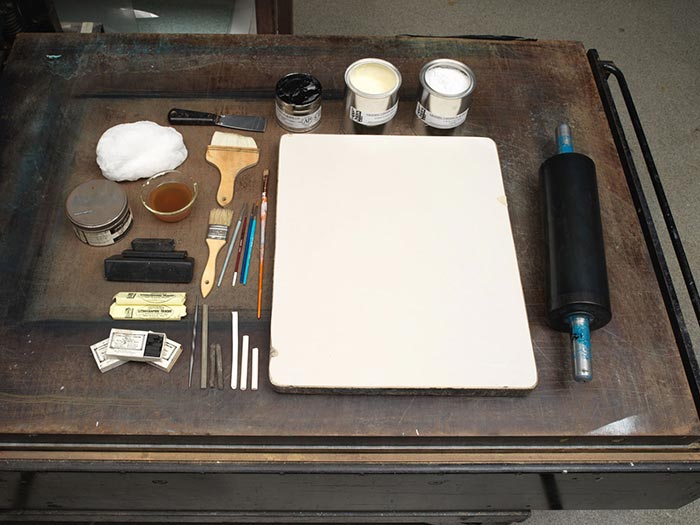On His Style: "Take a mity smart lokymoky to kotch dis coon!!"
Publisher Currier & Ives American
Not on view
The late nineteenth-century Darktown prints by Currier & Ives depict racist stereotypes that are offensive and disturbing.The Metropolitan Museum of Art preserves such works to shed light on their historical context and to enable the study and evaluation of racism.
In this print, a caricatured Black (African American) man -- dressed in a fez-like hat; a tailored, buttoned-up jacket with a bow collar; knee pants (a gray-green with reddish striations); and black/red-pink striped socks and shoes-- rides a high-wheeled bicycle along a country road towards the viewer. A wooden sign (left) reads "LOOK/OUT/ FOR THE/ LOCOMOTIVE." As the tall, thin cyclist approaches the railroad tracks (which run horizontaly across the bottom of the image), he declares his confidence in beating the train when he cycles across the tracks. The imprinted title and caption appear in the bottom margin. There is a companion print, titled "Off His Nut: 'Gracious Massy, I'se Struck de Comet!' " (Peters 429, Gale 4928; accession no. 66.738.2); this shows the aftermath of the bike rider's collision with the locomotive.
Nathaniel Currier, whose successful New York-based lithography firm began in 1835, produced thousands of prints in various sizes that together create a vivid panorama of mid-to-late nineteenth century American life and its history. People eagerly acquired such lithographs featuring picturesque scenery, rural and city views, ships, railroads, portraits, hunting and fishing scenes, domestic life and numerous other subjects, as an inexpensive way to decorate their homes or business establishments. As the firm expanded, Nathaniel included his younger brother Charles in the business. In 1857, James Merritt Ives (the firm's accountant since 1852 and Charles's brother-in-law) was made a business partner; subsequently renamed Currier & Ives, the firm continued until 1907.
The late nineteenth-century Darktown prints by Currier & Ives depict racist stereotypes that are offensive and disturbing.The Metropolitan Museum of Art preserves such works to shed light on their historical context and to enable the study and evaluation of racism.
In this print, a caricatured, wide-eyed Black (African American) man has wrapped his arms and legs around the smokestack of a train engine (the locomotive --in a cropped side view--heads from right to left). A large bicycle wheel loops around the man's legs-- evidence that he had been riding a high-wheeled bicycle and collided into the train. The ttle and caption --imprinted in bottom margin-- imply that the accident has knocked the man's head so severely that instead of "seeing stars," he says --in his crazy daze-- that he has "struck a comet."
Nathaniel Currier, whose successful New York-based lithography firm began in 1835, produced thousands of prints in various sizes that together create a vivid panorama of mid-to-late nineteenth century American life and its history. People eagerly acquired such lithographs featuring picturesque scenery, rural and city views, ships, railroads, portraits, hunting and fishing scenes, domestic life and numerous other subjects, as an inexpensive way to decorate their homes or business establishments. As the firm expanded, Nathaniel included his younger brother Charles in the business. In 1857, James Merritt Ives (the firm's accountant since 1852 and Charles's brother-in-law) was made a business partner; subsequently renamed Currier & Ives, the firm continued until 1907.

